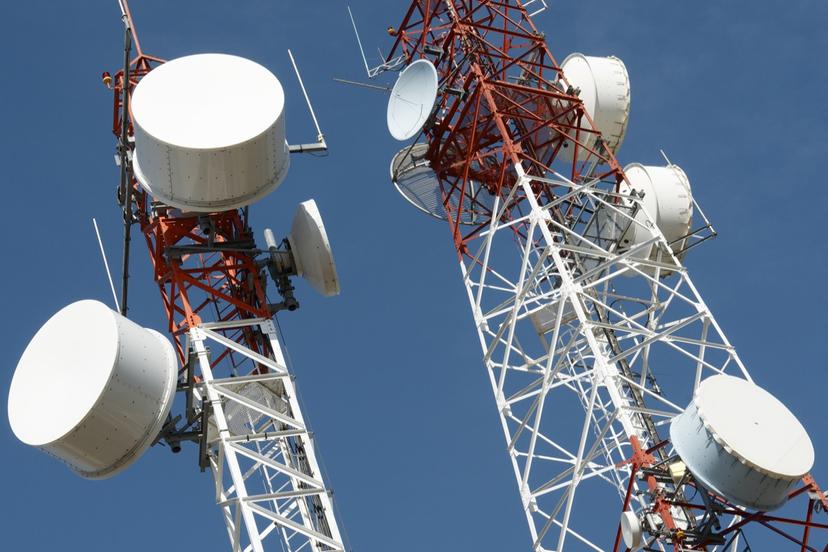Telecommunications

Structure
Companies that provide telephone service can be classified by the types of service they provide. The major suppliers of telephone service are local telephone service providers, long distance carriers, competitive access providers, cellular providers, personal communications services (PCS) providers, and voice over Internet protocol (VoIP) providers. Some cable TV operators also provide telephone service. Long distance providers include AT&T, T-Mobile, Verizon, and Sprint.
Laws restrict what type of service a provider can offer, but deregulation now allows providers to offer more than one type of service. A broad range of services are now offered by companies, such as Comcast, CenturyLink, and Time Warner, include packages providing local and long distance calling, wireless and landline telephones, Internet, and cable television.
Local landline telephone calls travel over wires or by radio to a central office. Switching equipment is then used to connect the telephone call to the appropriate phone line. If the local call is to a person served by the same central office as the caller, the call is connected by the central office that serves both parties. However, if the call is to someone served by another central office, the call must travel along a trunk cable that connects numerous central offices. Telephone calls are connected automatically through electrical switches. Use of landlines is decreasing as customers replace them with cell phones.
Long distance telephone calls can use the same types of wires and cables as local calls. However, the electrical signals used to transmit the sound waves are often not strong enough to carry over tremendous distances. Therefore, long distance telephone lines are equipped with amplifiers that strengthen the signals as they pass along the wires.
With local telephone calls, the wires and cables needed to transmit a call are placed underground or strung along telephone poles. Long distance calls often use radio relay systems to transmit calls via radio waves.
Cellular technology uses radio waves to send and receive sound, data, and picture transmissions. This technology includes cell sites with low-power radio transmitter-receiver units, antennas, and sophisticated computer-controlled call switching systems. When a person makes a call using a cell phone, voice signals are transmitted to a cell-like base station through an assigned radio or microwave frequency. These stations connect to main switching centers that then connect the caller to the public switched telephone network. Cellular services have changed dramatically since the time of the first cellular phone. Mobile computing technology allows smartphones and tablets to be used for almost anything one can do on a desktop computer.
Voice over Internet protocol providers use an existing Internet connection, such as cable broadband or Wi-Fi, to offer telephone service via the Internet.
Today, most telecommunications providers use advanced technology and materials to create their telecommunications infrastructures. These infrastructures are networks of equipment that provide transmission capabilities. In the past, telephone companies relied primarily on twisted pairs of copper wires and manual switching centers. Now, the technology most frequently used for new systems and to upgrade existing systems includes fiber optic equipment, digital telephony switches, satellite and digital microwave transmission systems, and cellular infrastructure equipment.
Changes in equipment have reduced the need for many of the traditional workers in the telephone industry, such as line installers and repairers, telephone operators, and communications equipment technicians. New equipment is more maintenance-free and automated systems have self-diagnosing features that make it possible to detect faults within a system and reroute operations around a trouble spot until it can be fixed.
